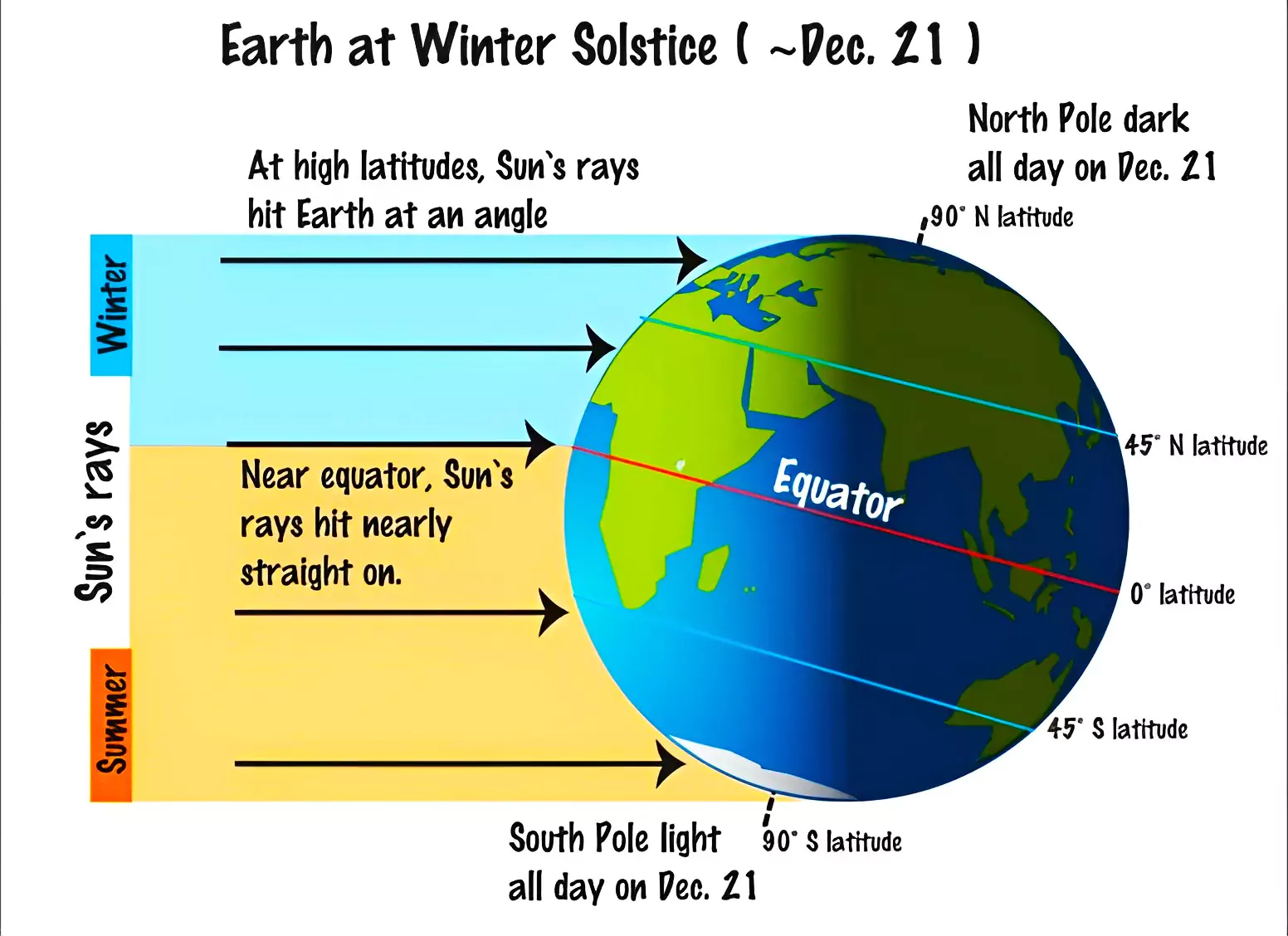





Disclaimer: Copyright infringement not intended.
Context
About Solstice
What is Winter Solstice?
Geography behind Solstice
|
PRACTICE QUESTION Examine the scientific significance and cultural manifestations of the phenomena of Summer Solstice and Winter Solstice. Discuss how these celestial events impact various aspects of human life, ranging from agriculture to cultural practices. |






© 2025 iasgyan. All right reserved